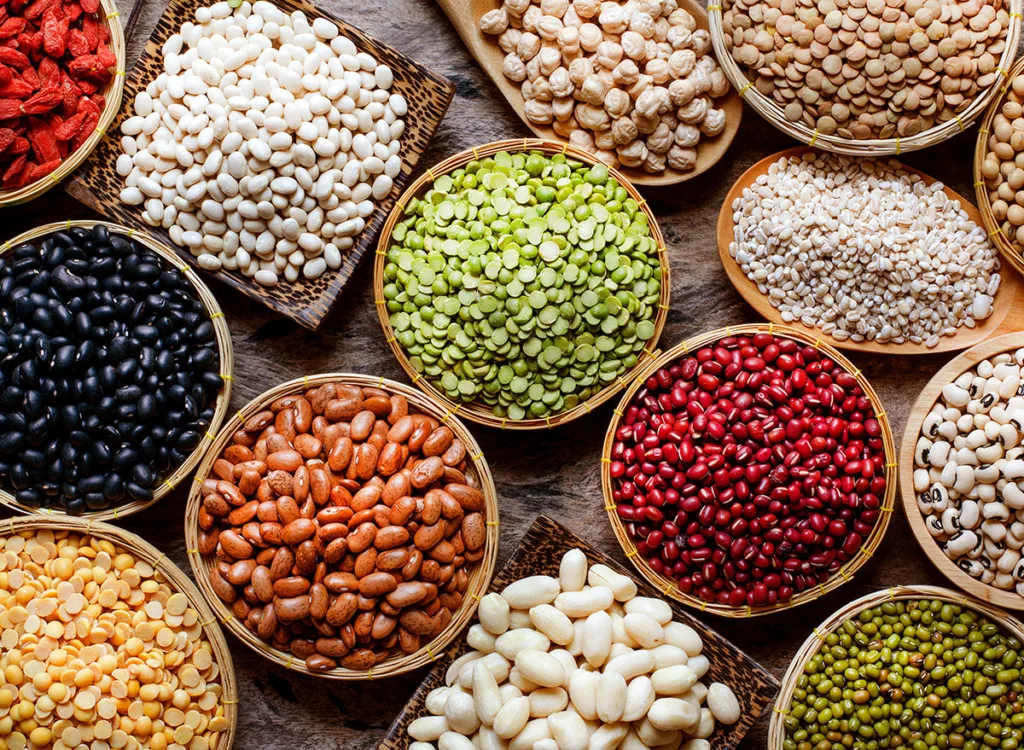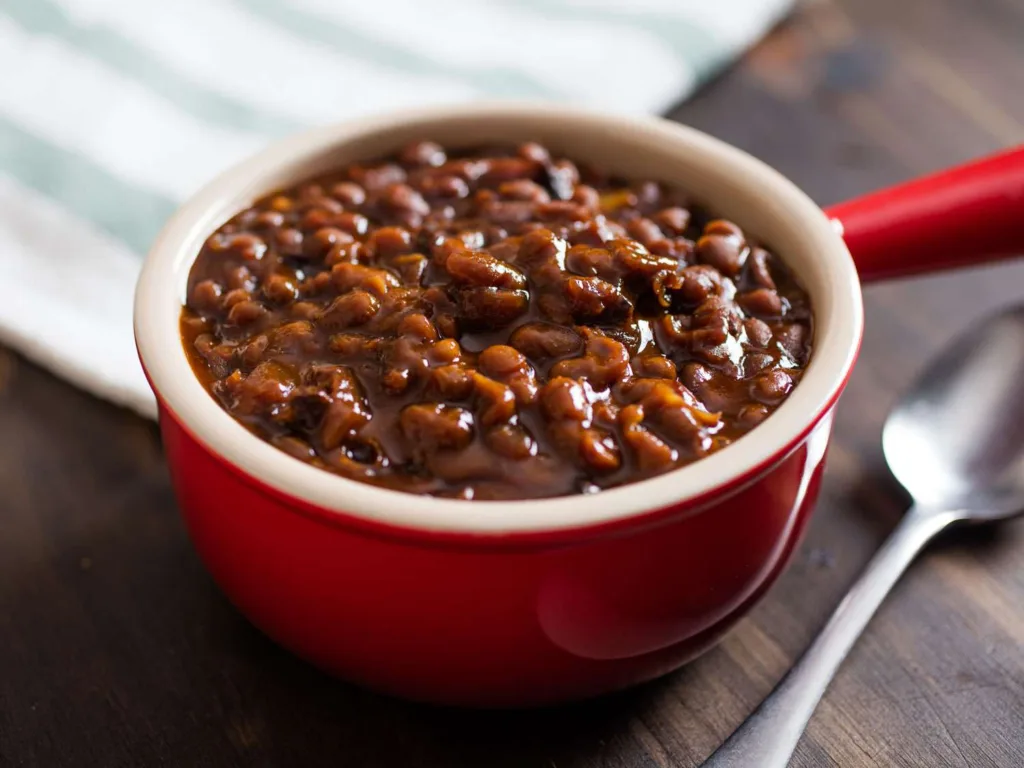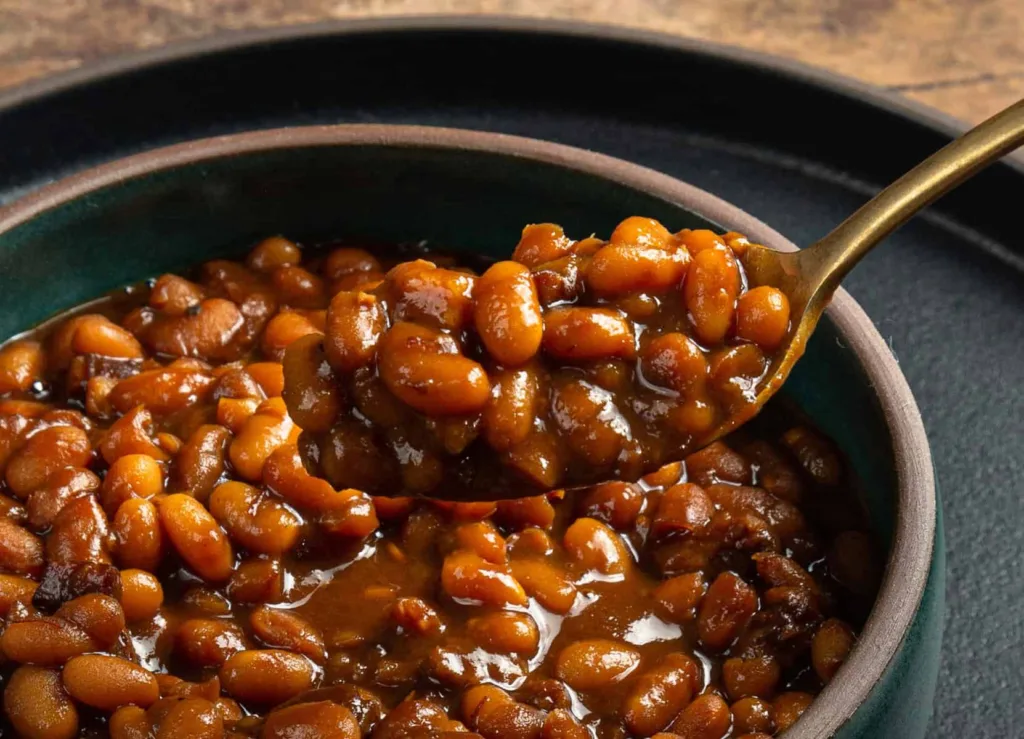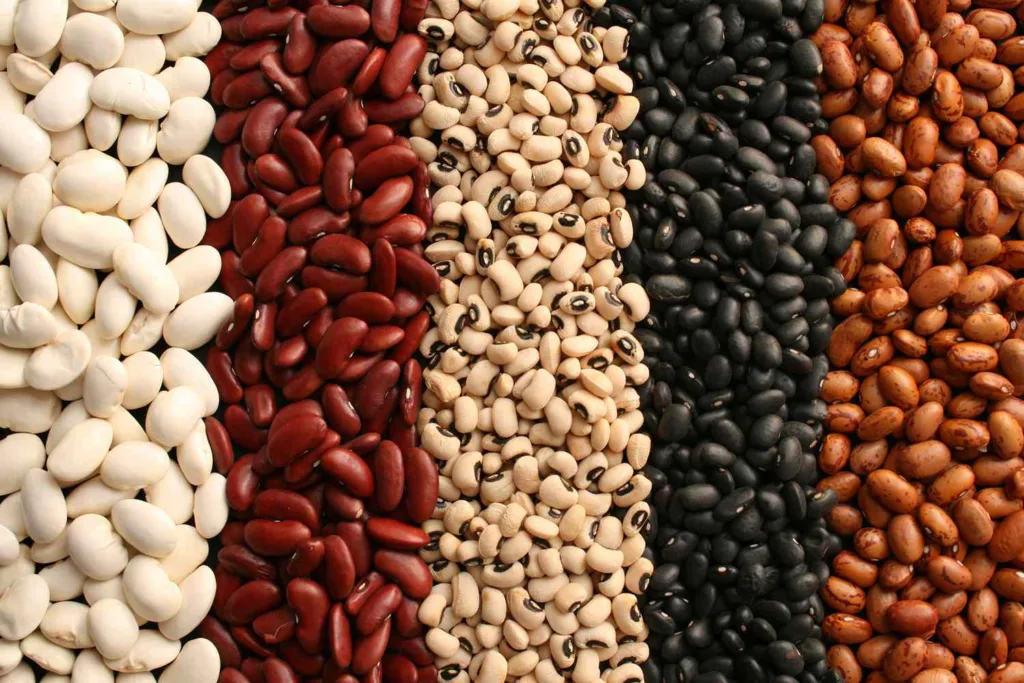Introduction
Maintaining a healthy body weight is fundamental for overall health and wellbeing across the lifespan. However, with rising obesity rates across all age groups, finding sustainable and nutritious strategies to manage weight has become a public health priority. Legumes including beans, lentils, peas and chickpeas are poised to play a vital role in effective, lifelong weight control. As nutritional powerhouses packed with fiber, plant-based protein, vitamins and minerals, legumes support satiety, reduce caloric intake, and aid in building lean body mass. An expanding body of research underscores legumes’ ability to facilitate weight loss and maintenance from childhood through older adulthood via multiple metabolic and digestive mechanisms. Their versatility also enables easy, delicious incorporation into varied diets and cuisines. Unlocking the potential of legumes is key to combatting obesity and crafting personalized weight management approaches for all ages.

Legumes as Nutritional Powerhouses
Legumes’ stellar nutritional profile makes them a standout food group for weight control strategies. To start, they are rich in dietary fiber, providing a whopping 9-13 grams per cooked cup on average, with 36-50% as soluble fiber. Soluble viscous fibers like pectin, gums and mucilage in beans and lentils slow gastric emptying and digestion, leading to prolonged feelings of satiety and suppressed appetite hormones. Insoluble fibers add bulk and soften stool, optimizing regularity. Together, the soluble and insoluble fiber content enables legumes’ weight loss effects by promoting satiation while also feeding beneficial gut bacteria.
In addition, legumes are top plant-based sources of protein with all nine essential amino acids. Options like soybeans, lentils and kidney beans contain 15 grams protein per cooked cup, while chickpeas and black beans offer around 12 grams. Legumes’ high protein content activates hormonal signals of fullness and thermogenesis. It also preserves or builds needed lean muscle mass during weight loss. As an added perk, the protein in legumes exhibits a lower insulin response compared to animal sources.
Furthermore, legumes deliver key micronutrients like iron, zinc, magnesium, potassium, folate and phosphorus required for overall health. The iron in beans and lentils is particularly important for oxygen transport and energy production while dieting. Yet, legumes accomplish all this nutritional potency with minimal fat and average calorie density of just 230 calories per cooked cup. This makes legumes ideal low energy-density foods for weight management.

The Science Behind Legumes and Weight Loss
Clinical studies substantiate legumes’ advantageous impact on weight loss. A recent meta-analysis of 21 randomized controlled trials concluded that dietary pulse consumption significantly reduces body weight and waist circumference compared to control diets. Participants averaged a weight loss of 0.34 kg and a 1.25 cm reduction in waist circumference for every 1 serving/day increase in legume intake. The visceral fat and waist circumference reductions are particularly relevant, as abdominal adiposity elevates metabolic disease risk.
Multiple mechanisms underlie legumes’ weight loss effects. Firstly, their low glycemic index blunts postprandial glucose spikes. This prevents reactive hypoglycemia and subsequent hunger and cravings. Secondly, indigestible carbohydrates like resistant starch and oligosaccharides act as prebiotics to stimulate Prevotella bacterial growth. Prevotella species produce short-chain fatty acids that improve insulin sensitivity and suppress appetite via gut-brain hormones.
Moreover, legume protein activates satiety signals like CCK, PYY and GLP-1 while suppressing the appetite-stimulating hormone grehlin. This collectively limits calorie intake. Increased satiety and prolonged gastric distention from leguminous fiber bolsters this effect. Additionally, the amino acid profiles of legume protein may upregulate thermogenesis and fat metabolism. In metabolic ward studies, subjects feel fuller and consume 12-13% fewer calories when legumes are added to meals or replace meat. Long-term studies reveal beneficial legume eating patterns are also linked to lower BMI, smaller waists, and reduced weight regain after loss.

Inclusion of Beans and Legumes in Varied Diets
The versatility of legumes enables creative incorporation into diverse cuisines, preferences and lifestyles. Replacing half the meat with legumes when making burgers, meatballs, tacos, chili and pasta sauces packs a nutritional punch. Beans, chickpeas and lentils also make wholesome additions to soups, stews, casseroles, stir fries, curries, and grain bowls. Whipping chickpeas or white beans can substitute for mayonnaise or eggs as the base of vegetable dips, spreads and plant-based omelets or scrambles.
Legumes pair well with veggies in salads or as stuffed peppers, zucchini or eggplant. Hummus, bean dips and roasted chickpeas are satisfying snacks and sides. For breakfast, lentil muffins, chickpea pancakes and tofu scrambles provide staying power. Desserts like black bean brownies, white bean blondies and chickpea chocolate pudding indulge cravings nutritiously. Simply incorporating 1⁄2 cup legumes daily can benefit weight management. With endless possibilities, legumes’ versatility empowers personalization for any dietary patterns, preferences and lifestages.

Legumes’ Role in Lifelong Weight Maintenance
Supporting healthy eating and weight maintenance beginning in childhood is imperative for lifelong disease prevention. Introducing legumes early helps establish taste preferences and nutritional habits. Lydia Bazzano’s 2014 study on legume intake patterns in various age groups within the NHANES population found that individuals who consumed legumes 4+ times weekly starting in childhood had significantly lower risk for obesity and high waist circumferences as adults.
Bean dips, soups and spreads make great kid-friendly options for school lunches. Chickpea salad or lentil sloppy joes are nutritious sandwich fillings, while smoothies blending silken tofu, beans and fruits punch up protein. Edamame, roasted chickpeas and fresh snap peas are convenient snacks. In adolescence and the teen years, legumes provide lasting energy and nutrition for active lifestyles and high metabolism. The high protein content aids growth and building lean muscle mass.
In adulthood, legumes facilitate post-pregnancy weight loss and maintenance as excellent lactation-friendly foods. Their fiber content benefits digestive health after pregnancy as well. Legumes also help counter age-related changes like loss of muscle mass, slower metabolism and reduced nutrient absorption in older adulthood. Consuming legumes helps seniors feel satiated with smaller portions while providing protein, vitamins and minerals that aid healthy aging. Across the lifespan, establishing legume consumption patterns early in life can help foster lifelong healthy body weights by laying nutritious foundations.
Conclusion
With legumes’ stellar nutritional profile and scientifically-proven benefits for appetite regulation, calorie reduction, and weight management, incorporating beans, lentils, chickpeas and peas into eating patterns should be a pillar of healthy diets across the lifespan. Legumes’ versatility enables easy, customizable incorporation into diverse cuisines and dishes to suit personal preferences. Their accessibility and affordability provide additional incentives to rely on legumes for achieving healthy weights affordably. Unlocking the potential of legumes is key to combatting obesity and associated chronic diseases by crafting personalized, sustainable weight loss and maintenance strategies from childhood through older adulthood. Beans and legumes deliver wholesome nutrition and unmatched advantages for lifelong weight control and wellbeing.
Legumes have been cultivated and consumed by various cultures for over 10,000 years, beginning in the Early Neolithic period. Archaeological evidence indicates their early domestication in the Middle East’s Fertile Crescent. Today, India, Brazil, China, Myanmar and Nigeria are the top global producers of legumes including beans, peas, lentils and chickpeas. Across civilizations, legumes have served as cost-effective, protein-rich staple crops. Modern nutritional science now recognizes their benefits extend well beyond just protein to promote health, longevity, and healthy body weights across the lifespan.
The 2015-2020 Dietary Guidelines for Americans recommend 1.5- 2 cups of legumes per week for a healthy diet. However, intake across the US population currently averages less than 1/2 cup daily. Rates of legume consumption are higher in Blue Zones like Nicoya Peninsula, Costa Rica and Ikaria, Greece, where legumes are dietary staples. These regions with high legume intake also boast exceptional longevity and lower rates of chronic diseases. Significantly increasing legume consumption in line with dietary guidance could help unlock their weight management advantages on a population scale.
Preparation techniques to optimize legumes’ nutritional benefits include soaking before cooking to reduce phytic acid content and increase mineral absorption. Sprouting beans, peas and lentils increases protein digestibility and vitamin content. Fermenting legumes via sourdough or cultures boosts prebiotic fibers. Including a zinc source like seeds or grains when eating high phytate beans also improves mineral absorption. Such preparation methods help maximize legumes’ nutritional impact for weight management. Variety and rotation in legume choices provides different amino acids, fiber and micronutrients.
While canned legumes offer convenience, rinsing and draining the brine reduces sodium content by 41% on average. Focusing on low-sodium, no-salt-added or sodium-free versions is ideal for heart health. Dried legumes are economical but require advance prep. Cooked legumes can be frozen in batches for later use. Pairing legumes with grains or rice provides complete proteins when desired. Easy protein swaps include lentils for ground meat, chickpeas for chicken, and beans in place of beef. Incorporating even 1⁄4 cup extra legumes daily can contribute meaningfully to weight management and nutritional status.
Research continues to uncover mechanisms linking legume consumption to healthy body weights across the lifespan. Recent Spanish studies revealed increased insulin sensitivity and lipid metabolism, plus altered gut microbiota populations in overweight adults adding legumes to hypocaloric diets. Australian researchers found regular peanut consumption during pregnancy reduced risk of excess gestational weight gain and postpartum retention. The Alpha-amylase inhibitors and other bioactive compounds in legumes contribute to their metabolic and appetite regulating effects. Unlocking the full benefits of legumes for lifelong health and wellbeing will keep nourishing scientific discoveries for generations to come.
Thank you for reading this post, don't forget to subscribe to our free newsletter
!